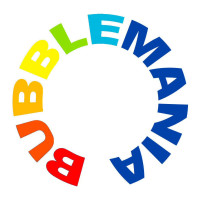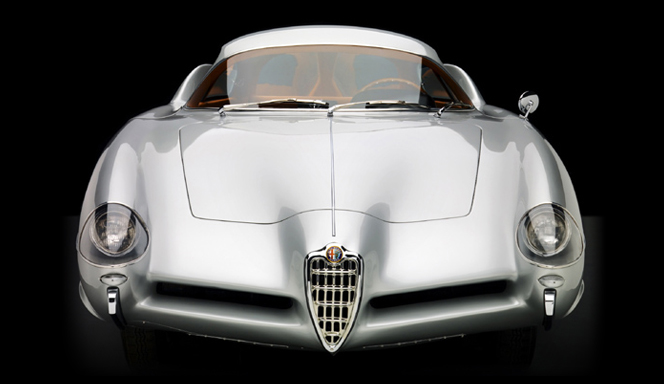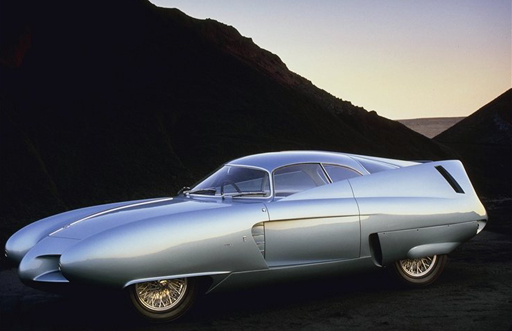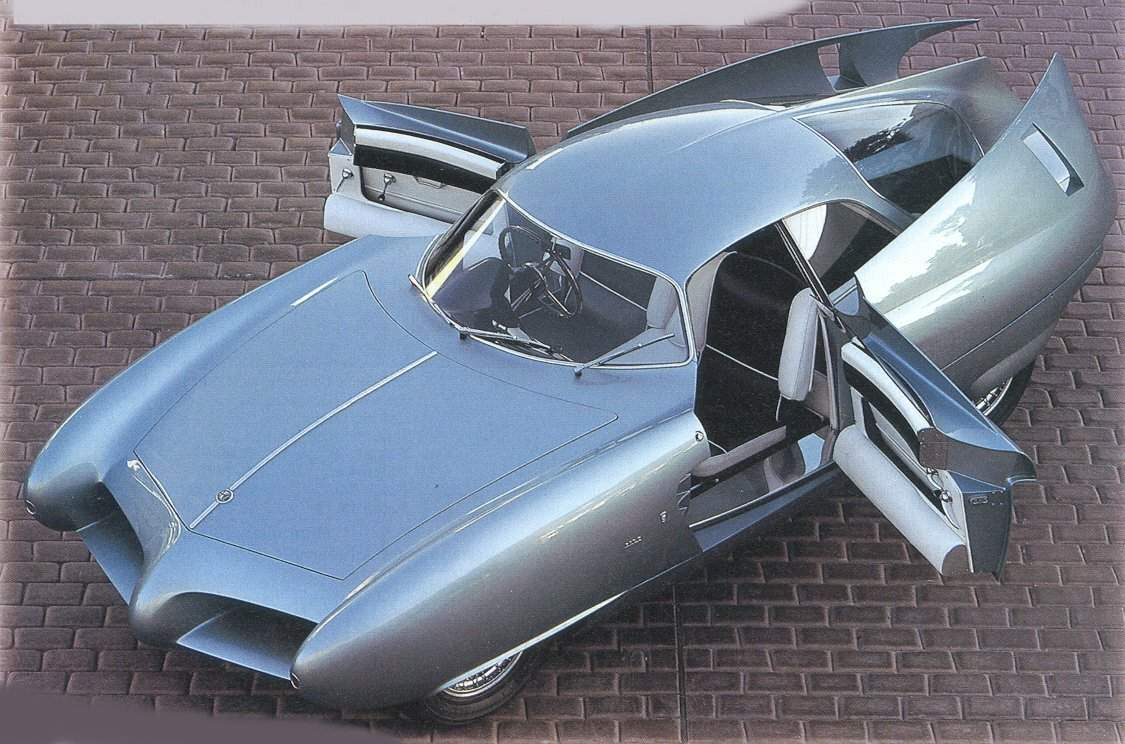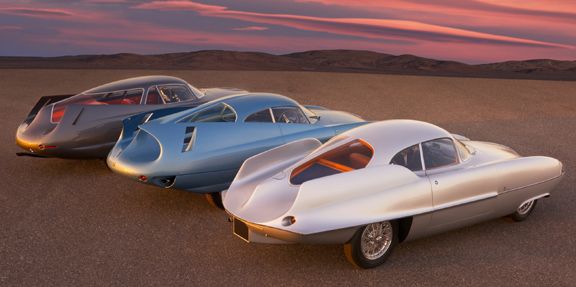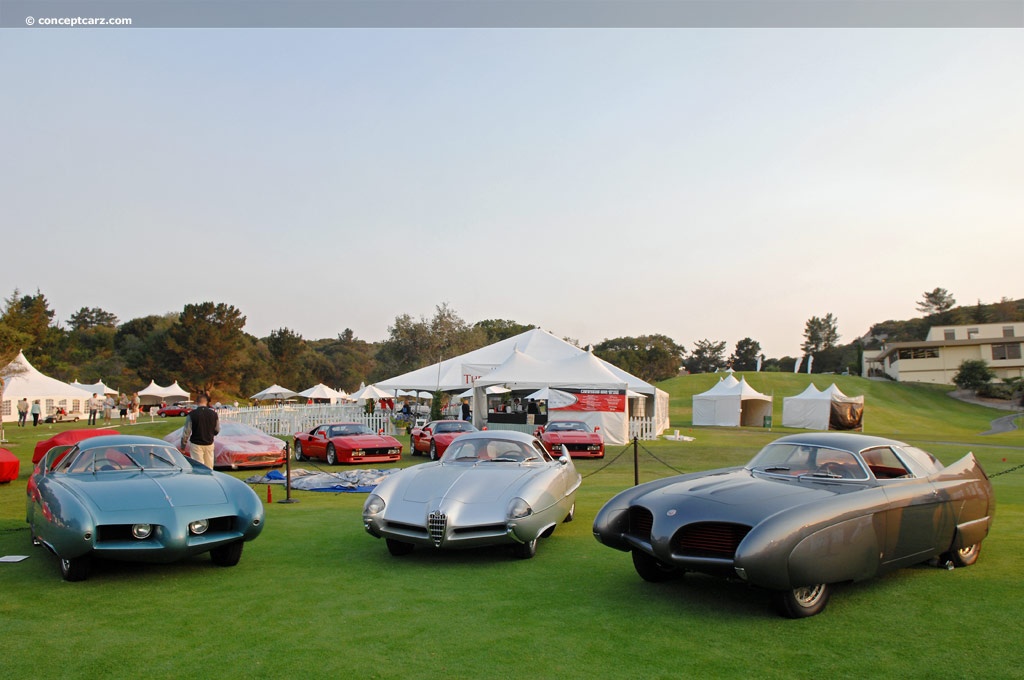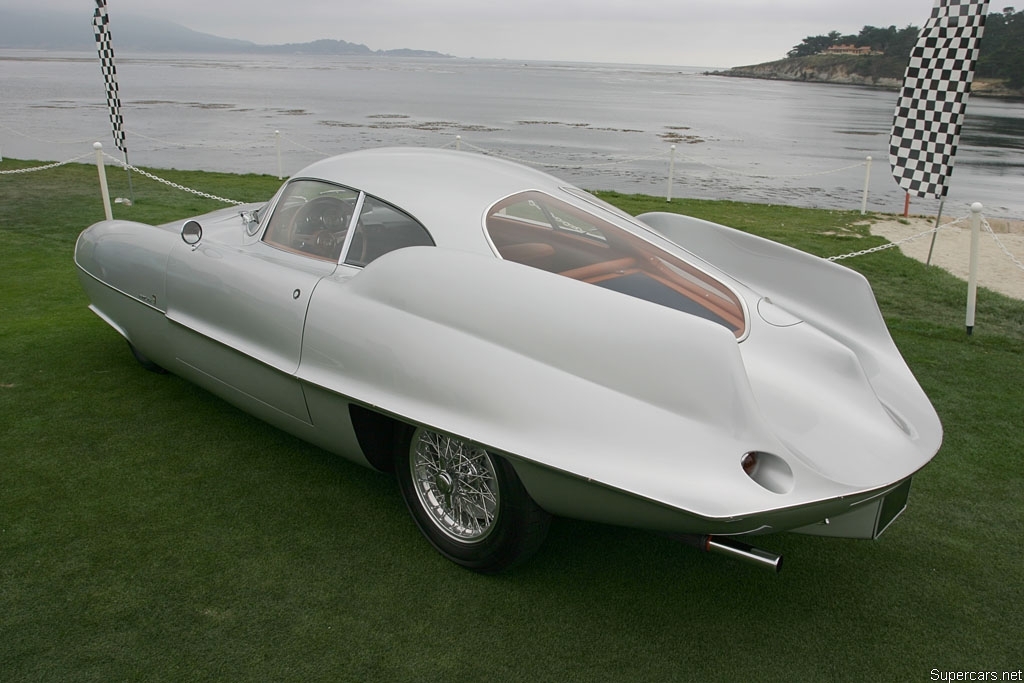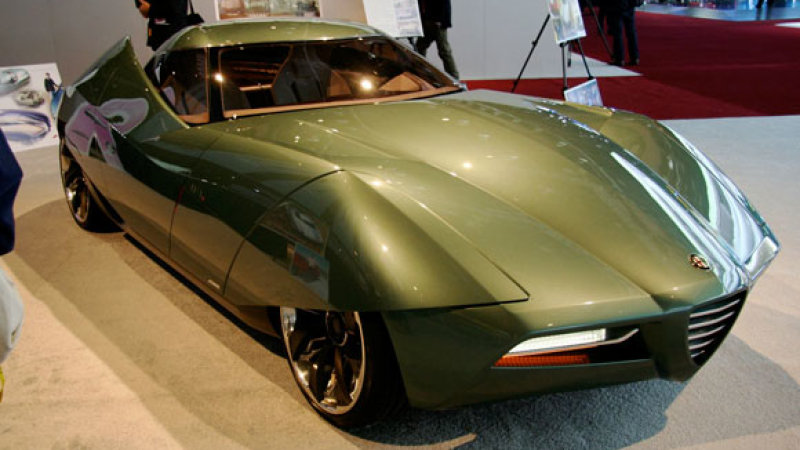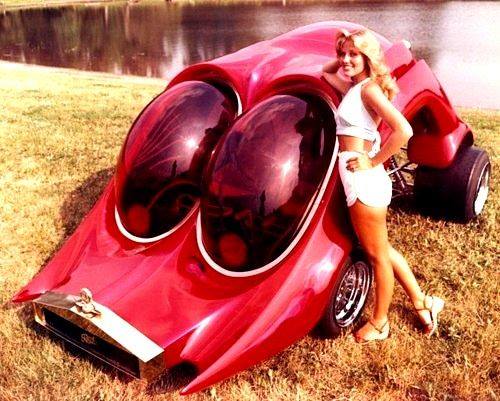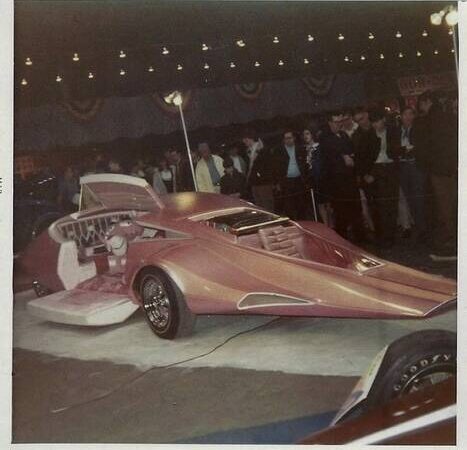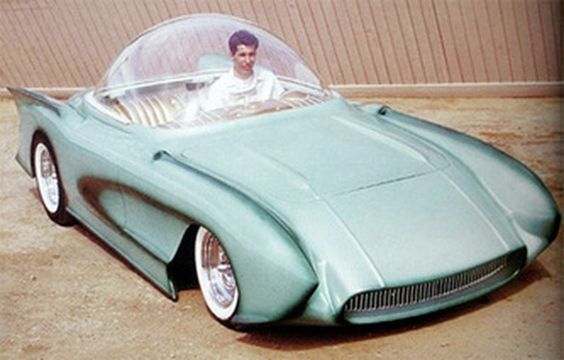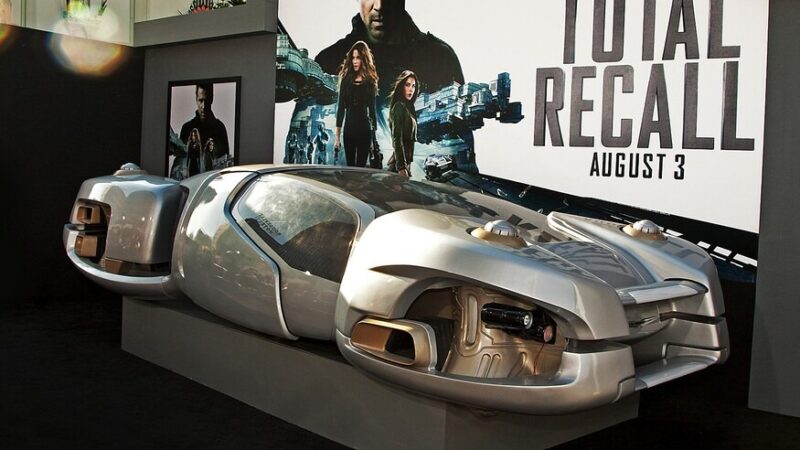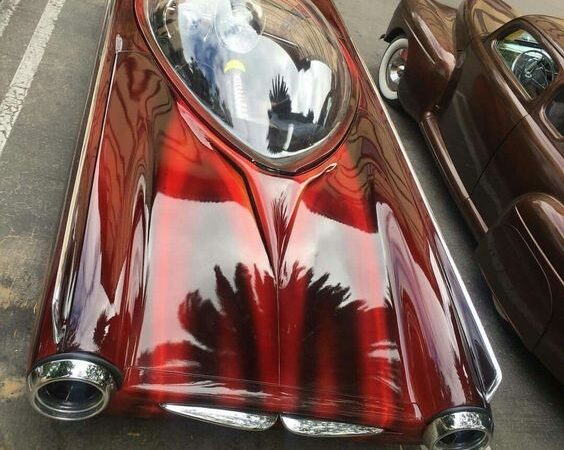B.A.T 5,7,9 Alfa Romeo Italy
B.A.T ALFA ROMEO (Bodybuilder) BERTONE

B.A.T 5, 7, 9
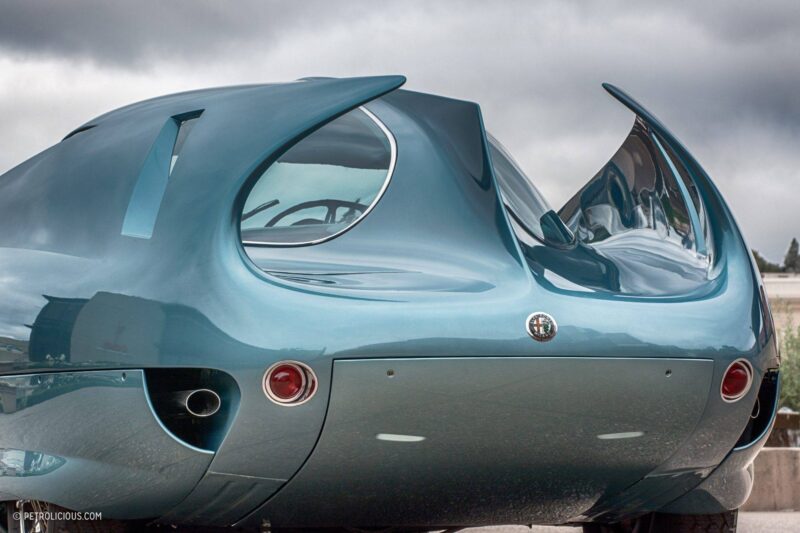
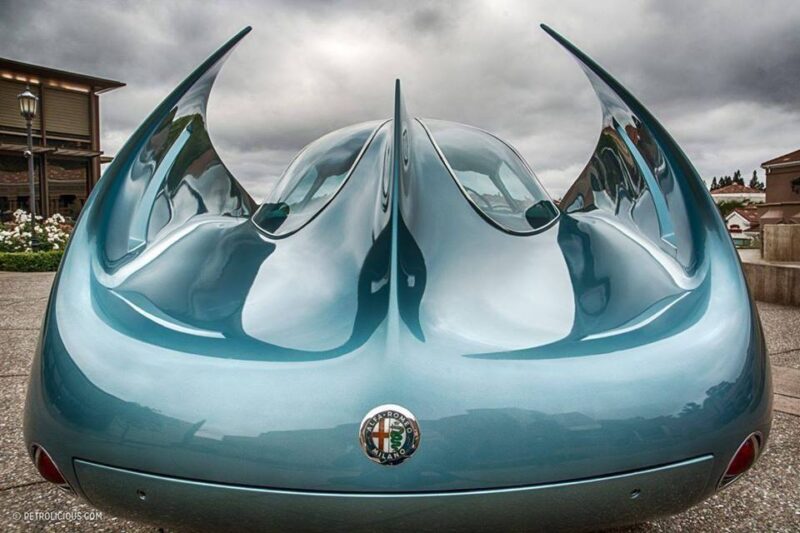
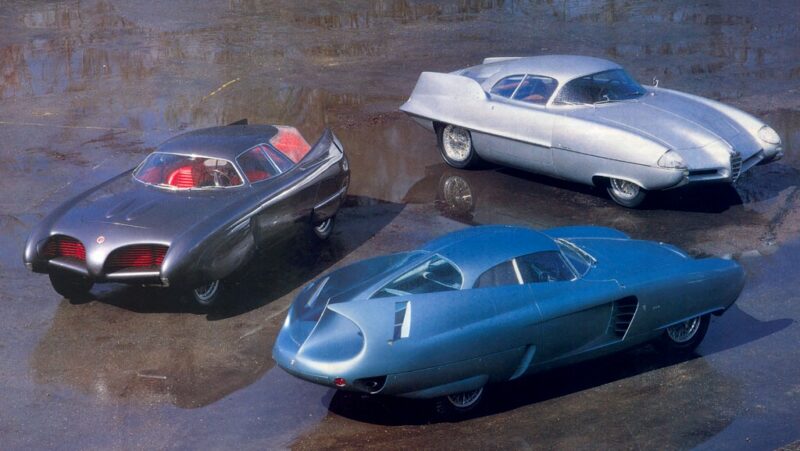
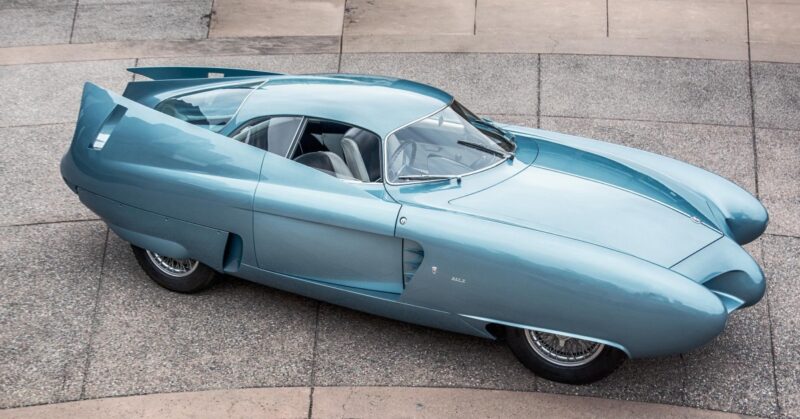
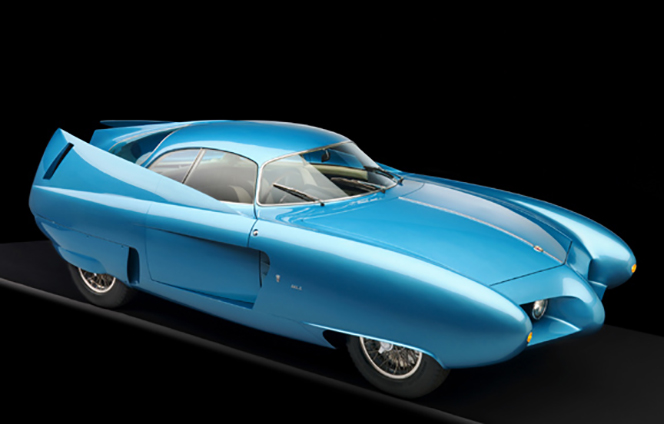
The famous coachbuilder Bertone was commissioned by Alfa Romeo to design a bodywork to measure aerodynamic performance.
Concept B.A.T
(Berlinetta Aerodynamics Technology)
alfa Romeo B.A.T 5 (1953)
alfa Romeo B.A.T 7 (1954)
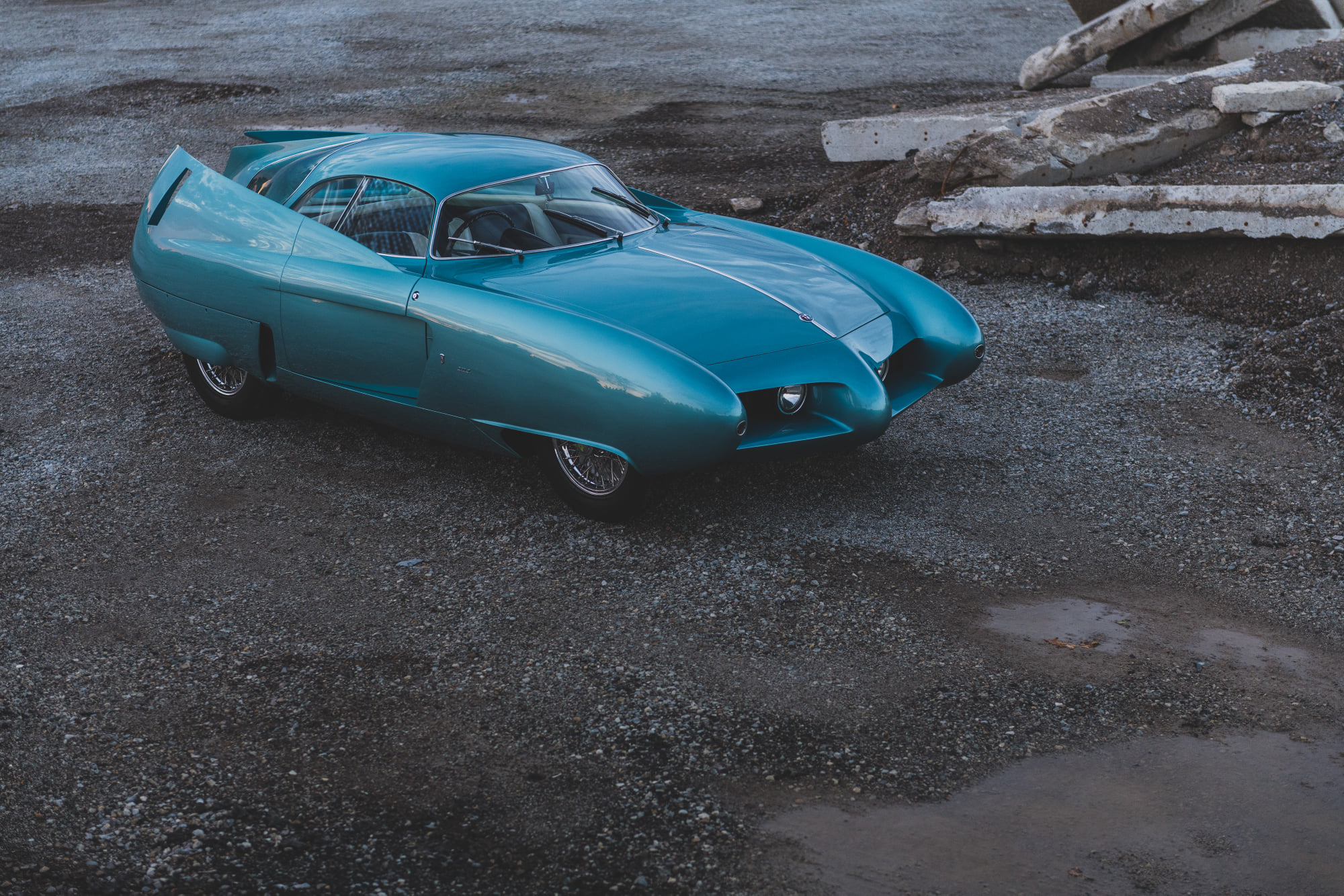
Alfa Romeo BAT 9 (1955)
BAT 5, 7 and Bat Bat 9 were named after the acronym ” Berlinetta Aerodynamics Technology “, and so that & rsquo; they look like something masked knight Gotham City can drive around at night, they were simply intended to cut through the & rsquo; air as easily as possible: it was the request of & rsquo; Alfa Romeo when he commanded them to Gruppo Bertone between 1953 and 1955. The three models that do indeed hide an extremely low drag coefficient were designed by Florence-born Franco Scaglione (from 1.916 at 1.993), under the direction of Giuseppe Bertone (1914-1997) himself. These extraordinary concept cars are now presented, with their typical curved fins, au Blackhawk Museum Danville, California.
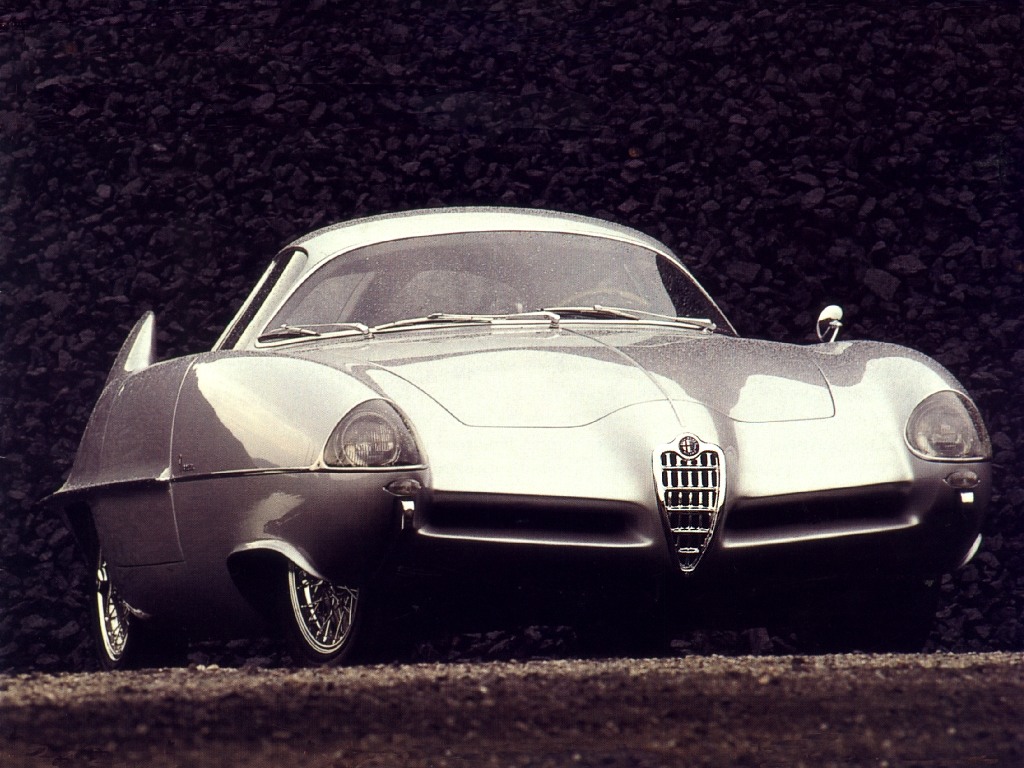
Bertone B.A.T are certainly numbered, but not consecutively.
And for good reason, the missing number (1,2,3,4,6,8,) have remained at the stage of drawing.
Only the 5, 7 and 9 have had the honor of becoming a functional vehicle scale 1.
Bertone BAT 11
In 2008, to show that despite the financial difficulties the company is always present, Bertone returns to the theme of the BAT concept for a fourth numbered 11. The drawing signed by David Wilkie and the base is always an Alfa Romeo, here 8C Competizione. A return to form of homage which however does not succeed to make an impression as did his illustrious predecessors. Perhaps the fault of a design that looks especially mimicry more than aerodynamic prowess !

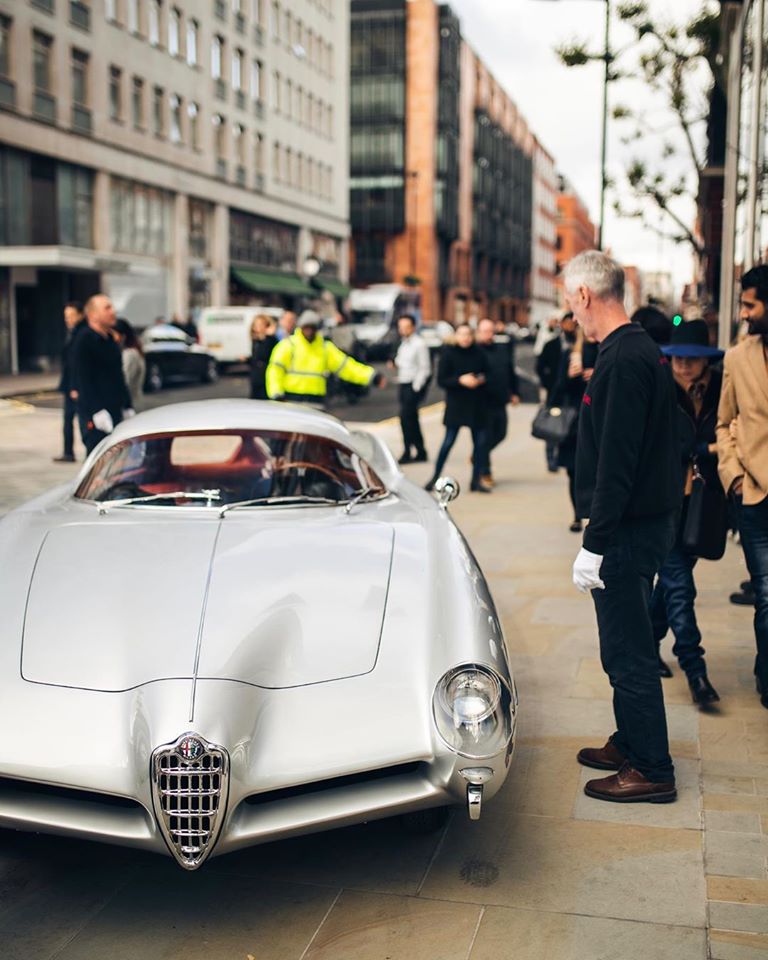
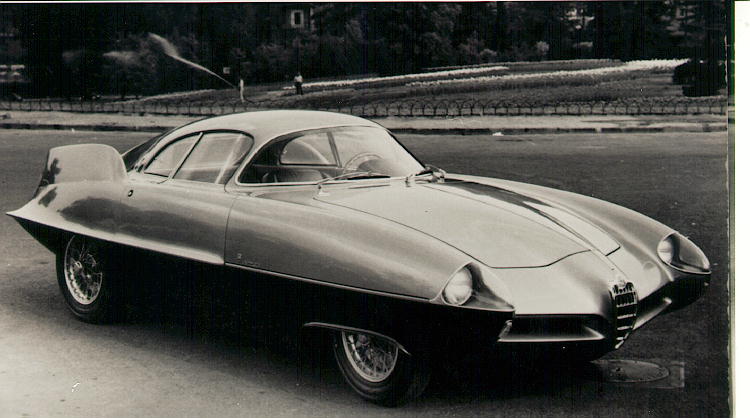

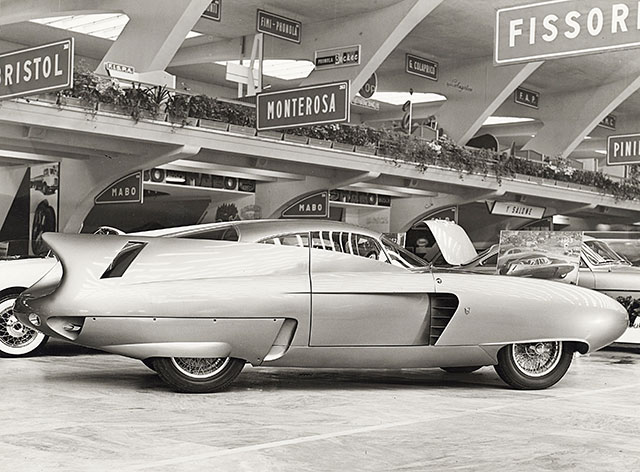

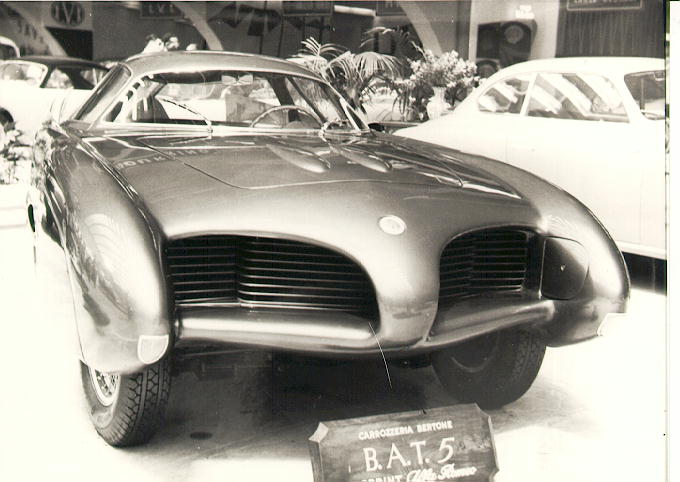
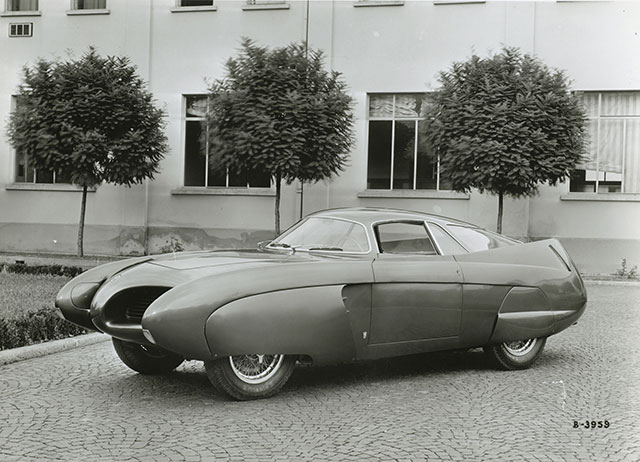
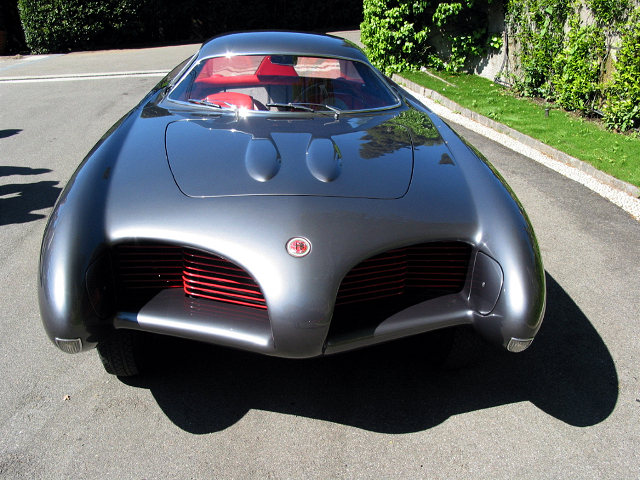
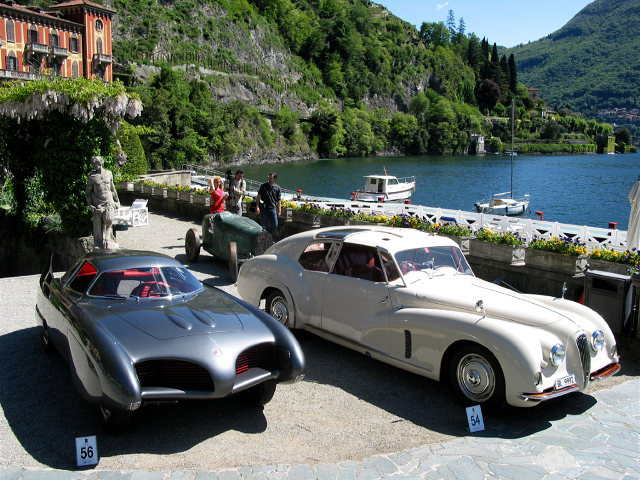
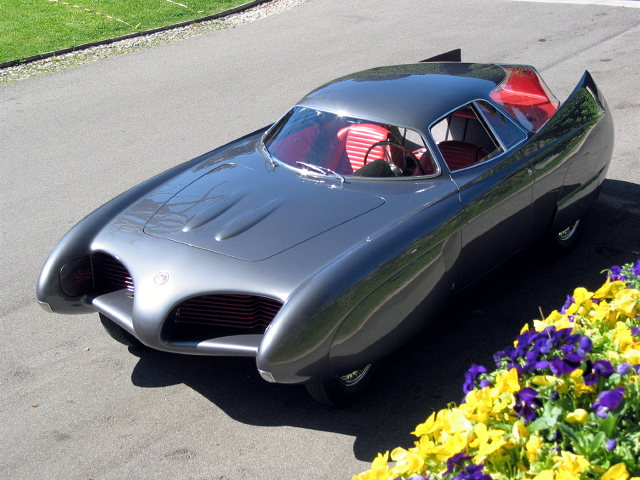
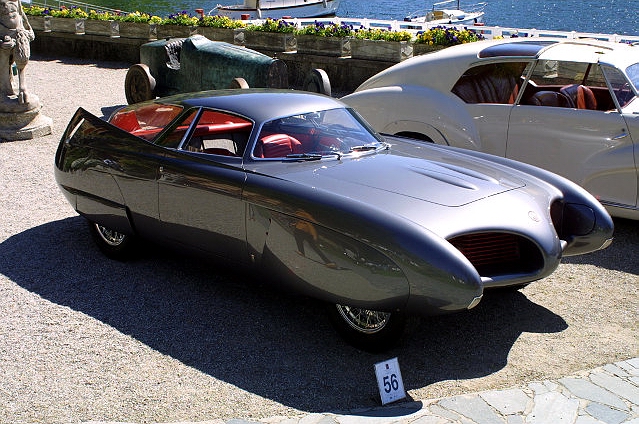
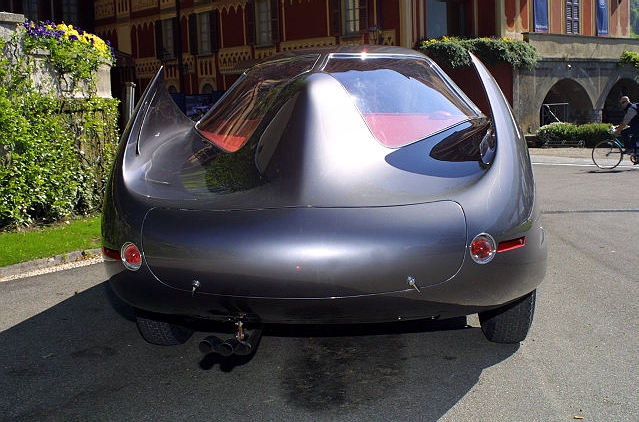
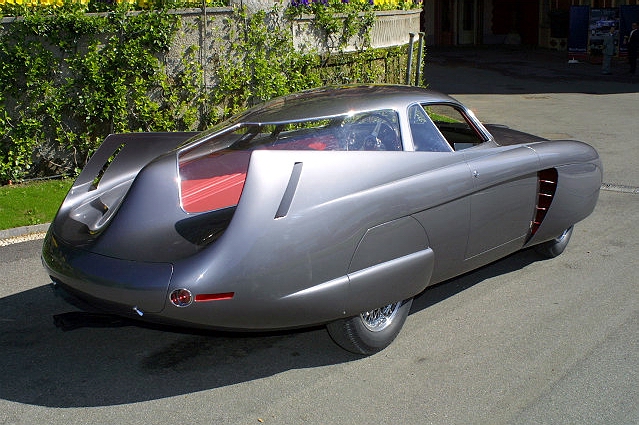
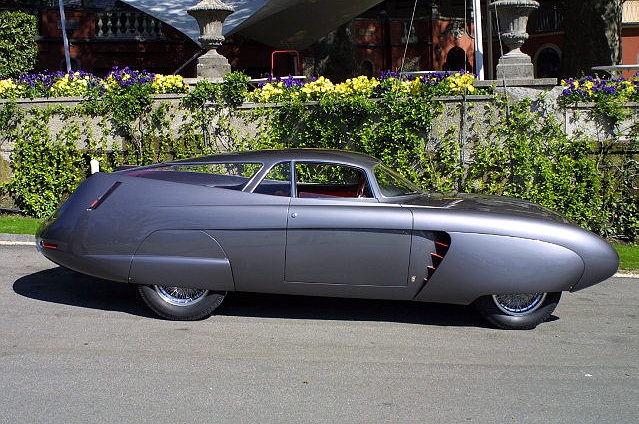


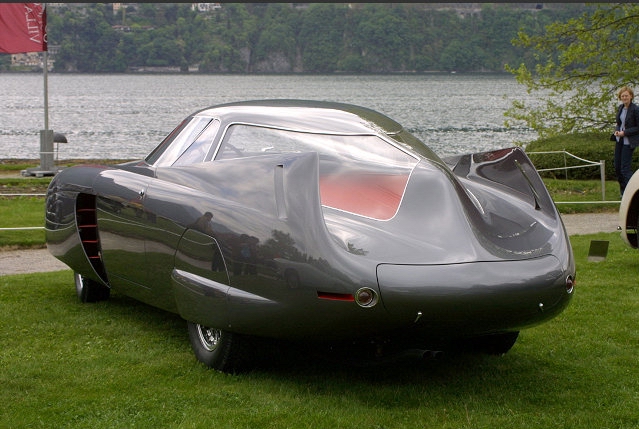
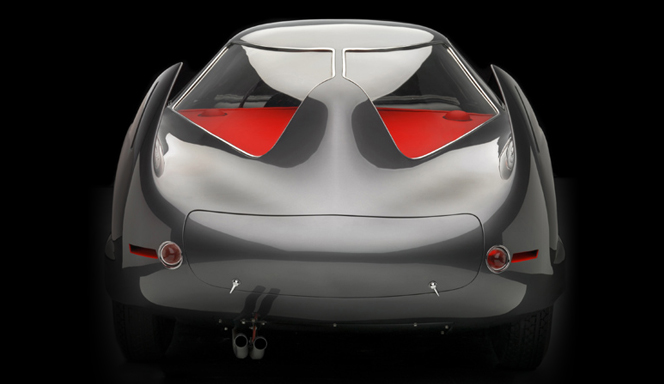

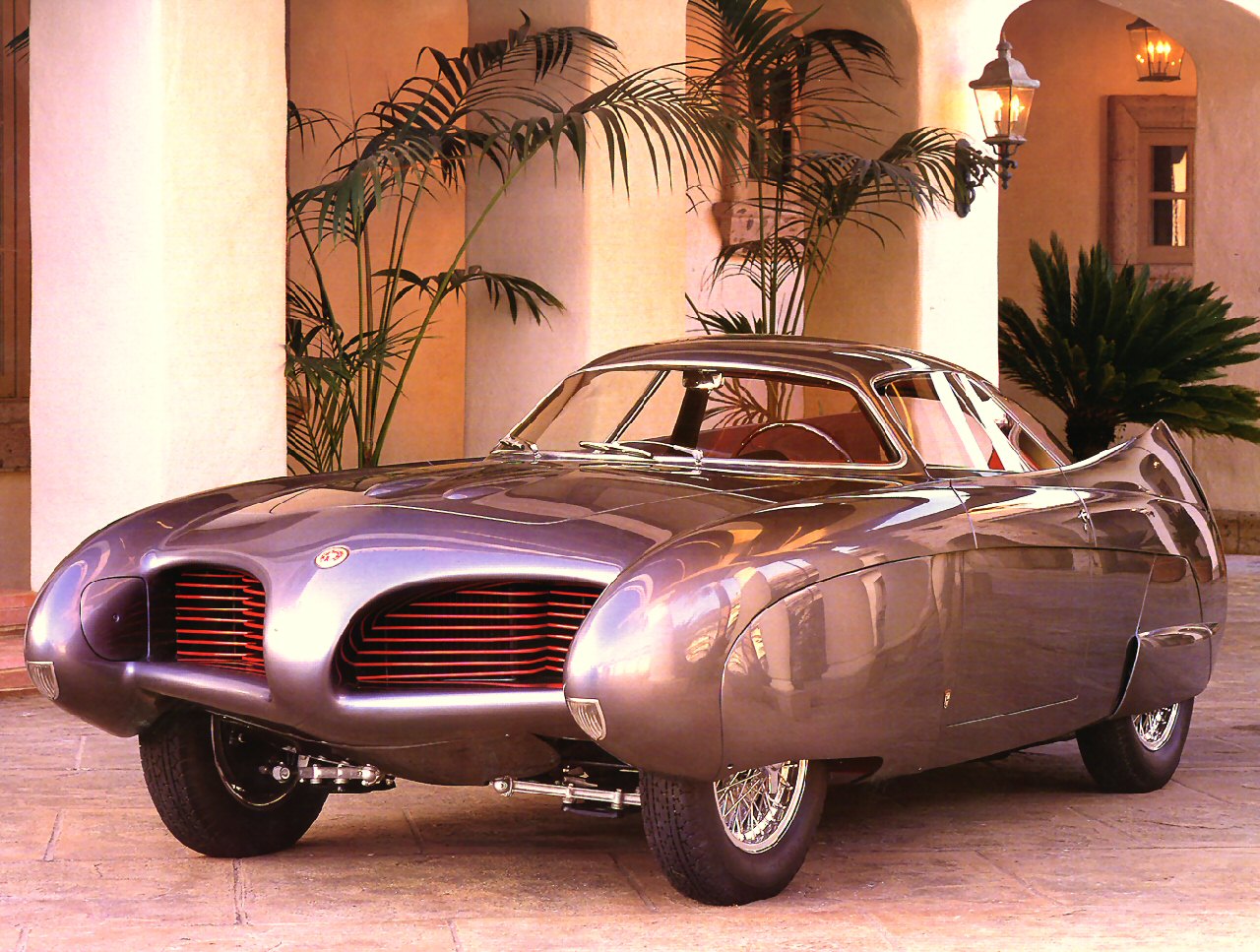
Bertone Alfa Romeo B.A.T. 5 (1953)
Bertone Alfa Romeo BAT 7 (1954)
It's BAT's turn 7 made its appearance, accentuating some features of its predecessor. BAT 5 was smooth and polished, BAT 7 is more extreme and more with taut lines and sharp edges folds. The wheels are always hidden, but the nose is lower, and especially the fins are more present. bent, it virtually join and complemented by a centreboard that starts at the flag and separates the large rear window. The fins start at the junction between the front fender and the door. The latter opens here back, adding a little more exotic to the BAT 7.
On the same basis of Alfa Romeo 1900, BAT announces Cx record 0,19. The engine is a 2.0 l of 115 ch.
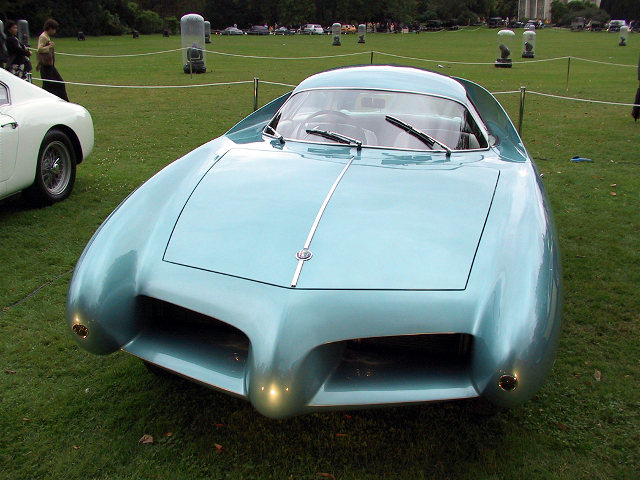
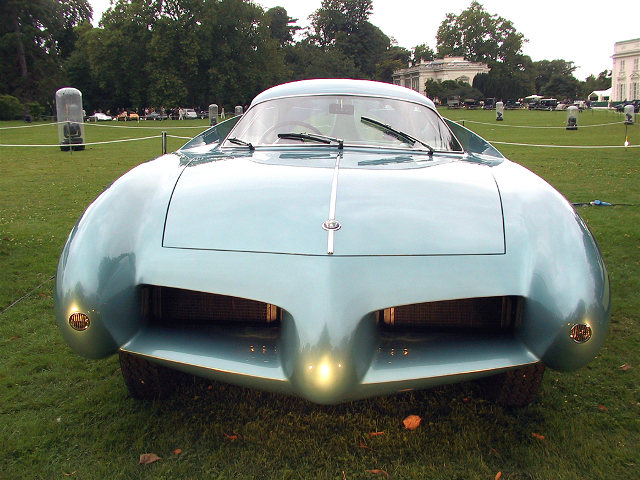
Carrosserie Bertone is an Italian automobile bodywork company founded in Turin in November 1912 par Giovanni Bertone (1884-1972), then aged 28 years, who initially as a social object repair and construction trucks for animal traction. It was in November 1912 que Giovanni Bertone, then aged 28 years, Turin creates a construction workshop and carriages repair. The first year, it has three employees. At the start of the 20th century, automobiles are rare and you see a lot of coaches, including those of young Bertone distinguished by their neat line and build quality and robust. In 1914, Bertone torque welcomes her second child, named Giuseppe, but soon nicknamed "Nuccio". This is the future Master of car design that is born. In 1915, Italy entered the war, this is the first world war, and the activity of the Bertone workshop continues, lack of orders but also for lack of employees.
Beginnings of Nuccio Bertone
Although the crisis 1929 has heavily penalized the entire global automotive industry and specialist coachbuilders consequently, Carrozzeria Bertone maintains its course and continues its development through stewardship and rigorous. The jeune Giuseppe, "Nuccio", was barely 19 years, who stood out during his studies by his drawing qualities, his first steps in the factory of his father 1933. In 1934, Carrozzeria Bertone réalise Fiat 527S Ardita 2500 which represents, in automotive style, the first part of a design revolution and how to design the next generation of cars. Aerodynamics becomes a buzzword and bodies show new construction details such as aesthetics. A front grille incorporating headlights, the hood, which completely fits into the rear of the car body, etc.. Three years later, Fiat 1500, which the streamlined body is signed Bertone, won the Turin design competition. The arrival in the company of Nuccio Bertone will give new impetus to the design center. The Bertone creations symbolize Italian design of the post-war and remains the reference in the field to this day.
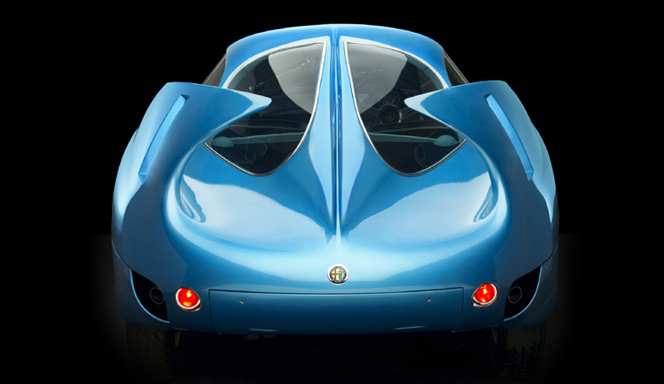
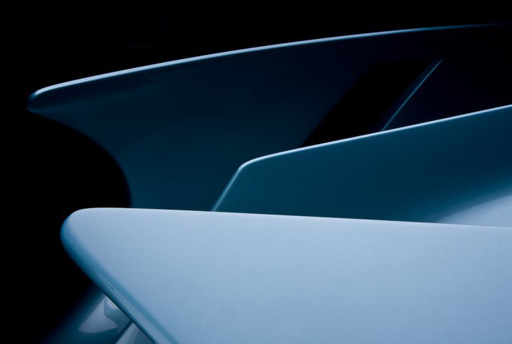
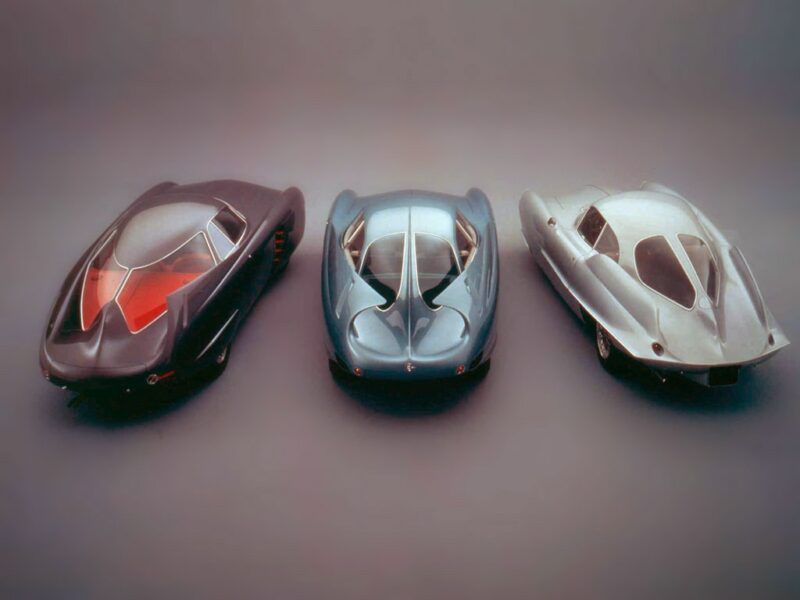
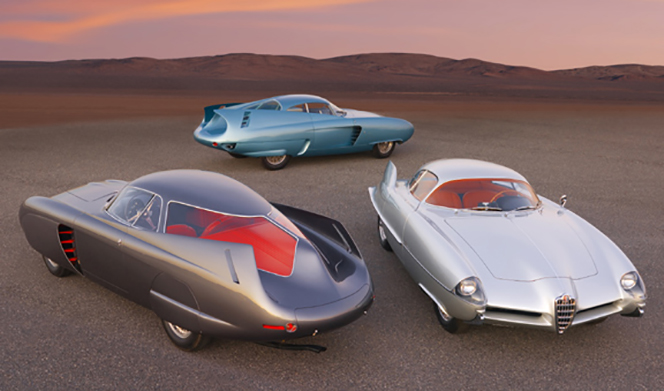
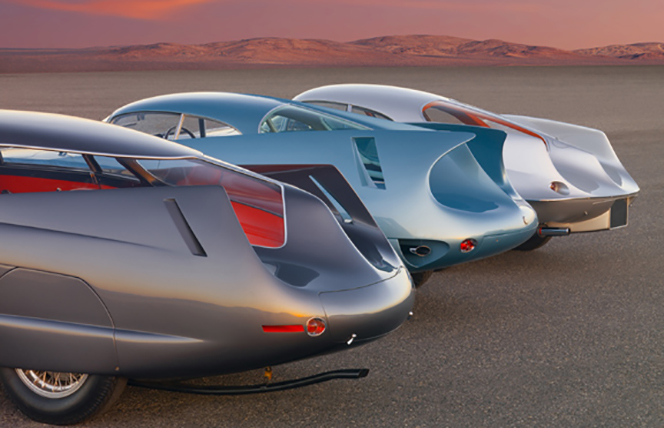
BAT 7. 9. 5.
Alfa Romeo B.A.T. 9 (Bertone) – Road & Track Cover, December 1958
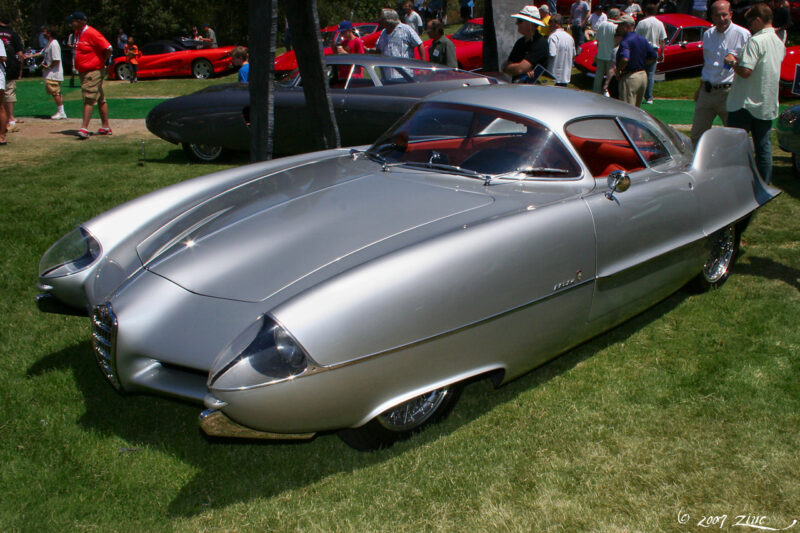
Alfa Romeo Bertone BAT 9
Alfa Romeo Bertone BAT 11
(Coupe – top speed of 300 kph, power 450 ch, 0-100 kph, 0-62 mph 4 seconds.)
Alfa Romeo BAT 11
Built on & rsquo; Alfa Romeo 1900 BAT chassis were created in order to design a car with the lowest coefficient of drag as possible. BAT is an acronym that refers to the "Berlinetta Aerodinamica Tecnica project” which was the collaboration between Alfa Romeo and Bertone Studios. The curved fin and the large windshield – Shock to the & rsquo; back provided a design that was ahead of its time. The cars were able d & rsquo; achieve the lowest possible drag coefficient of 0,19 was remarkable , even for d & rsquo standards; aujourd & rsquo; hui. All 3 cars were powered by a motor 4 cylinders and a manual gearbox 5 speed and maximum speed reached was 125 km / h.
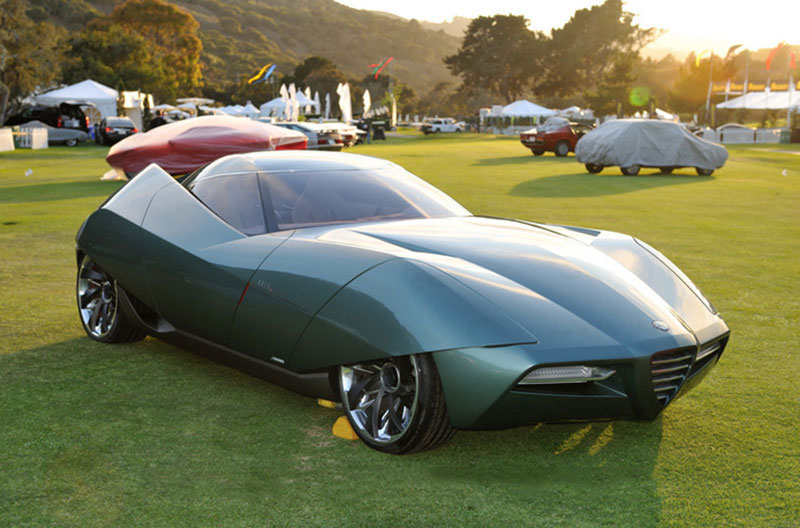
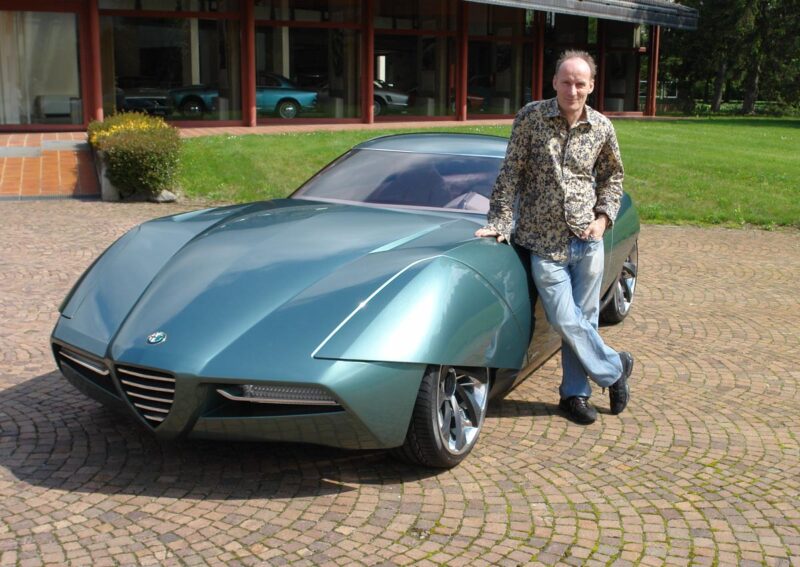
Variants:
BAT 5 – unveiled in 1953, the "Batmoblile before L-shaped & lsquo; eliminating flow disturbances d & rsquo; air and also controls the resistance generated by the rotation of the wheels.
BAT 7 – The 2nd BAT was a further refinement in the design of the previous and presented an exaggeration, curve empennage.
BAT 9 – The final version of the trilogy of BAT was unveiled at the Turin Motor Show 1955 and gave a design more realistic and less exaggerated car with the same drag coefficient.
BAT 11 – BAT 11 but not a real part of the trilogy, was unveiled at the Geneva Motor Show 2008. Although the design of the car was based on the & rsquo; Alfa Romeo 8C Competizione, he shared many design asthetics followed in the oldest. Credits Image @ Beetlebomb
